The nine yards of wonder has always been one of my favourite attires. My visit to Chanderi has been quite influenced by the silken fabrics or Chanderi sarees that are quite famous among the saree lovers of our country. The saris are known for their sophisticated beauty, unique texture, transparent qualities, light weight, pastel shades and intricate motifs.
Chanderi is a small town situated in the Vindyachal ranges close to the Betwa River. Located in the Ashoknagar district of Madhya Pradesh, Chanderi is known for its historical heritage and flourished with intense economic activity because of its strategic position in Central India.
Chanderi is a town of looms. The major concentration of the looms or the Bunkaar colony is found in the older part of the town called as “Bahar Shahar” or outer town. You can easily hear the reverberating sounds of the working looms when you explore the mohallas (residential neighbourhoods) of Chanderi. Those who ruled over Chanderi also patronized weaving. It was as if they knew that the fortune of Chanderi is entwined with the fortune of the fabric they weaved.
On our visit to Chanderi, we visited the Bunkaar colony or the weavers’ quarters to witness the process of making the sarees and listen to their tales of good and bad.


Chanderi Sarees – the past
The history of the Chanderi Sarees seems to be linked with the history of Chanderi itself. It is said that Chanderi sarees have found mention in the Vedic period classic Mahabharata. Whether the pearl-embroidered sari referred in Mahabharata points to Chanderi Sarees is a matter of debate and discussion, but the history of Chanderi sarees can be traced back to 13th or 14th century AD.
Sufi saint Hazrat Wajihuddin had reached Chanderi in 1305 AD. It is believed that a large number of people migrated from Lakhnauti region in Bengal to Chanderi following the saint. Lakhnauti was the older name of Gaur region in Bengal. During those days, Bengal, especially Dhaka was known for weaving the fine muslin fabric. Those who migrated to Chanderi probably started weaving and production of the fine fabric. Initially, a majority of Chanderi weavers belonged to the Muslim community. However, after 1350s, Koshti weavers from Jhansi migrated to Chanderi and settled down here, only to make the fabric more illustrious.
The Mughal period witnessed the golden period of weaving in Chanderi. There is an interesting story that says, once a length of Chanderi weaved cloth was sent to Emperor Akbar packed in the small hollow of bamboo. When the cloth was taken out and unfolded, the emperor was surprised to find out that the cloth could cover even an elephant! Chanderi was the land known for producing fine muslin or malmal.
The Maharani of Baroda also patronized the Chanderi weave. It is said that she could identify the finesse of the fabric by rubbing it on her cheeks and would pay the weavers accordingly. Fine-quality Chanderi turbans were exclusively produced for Maratha rulers.
The Chanderi sarees were called “woven air” because of their delicate structure and semi-transparent look.
Traditionally Chanderi products were as famed as the Dhakai muslins and sometimes even better. Originally, the Chanderi fabrics were woven using handspun cotton warp and weft. But with the advent of industrial revolution, the British imported cheaper cotton from Manchester and eroded the market for Chanderi products. With it, the weavers shifted to silk using it as warp.
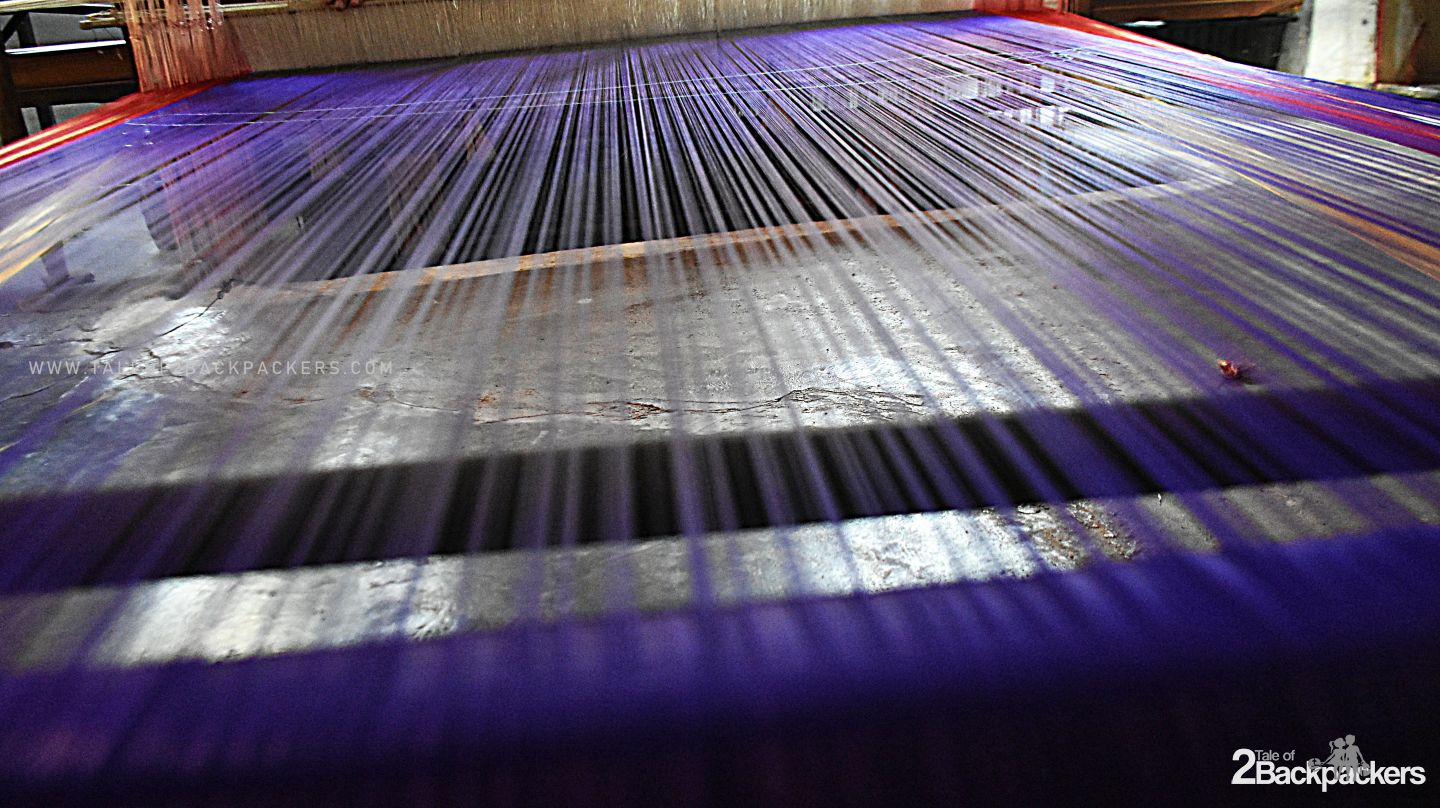
Chanderi sarees – the present
Chanderi is famous for its handloom even today. Chanderi sarees have impressed the women of India. Not only sarees, but Chanderi is also now producing fine quality dress materials and dupattas too.
The process
The cloth is composed of the tana, which is the warp or the length-wise, a stretched-out set of threads through which the bana or the weft is woven back and forth.
The butis or designs on Chanderi fabric were woven on the handloom with the use of needles. Earlier two weavers were required to sit together to weave one saree. But nowadays, after the introduction of Fly Shuttle loom, one person can weave the saree. The weavers are the community that does the actual weaving and largely lives at subsistence level. The weavers procure the raw materials like silk or cotton yarn from the Master Weavers. They are mainly responsible for taking all the orders and getting them executed.

There are as many as 3600 active looms at Chanderi and women take an active part in weaving. Infact, there is a common saying that is quite famous in Chanderi.
Shahar Chanderi Mominwara,
Tiria Raj, Khasam Panihara,
(In Chanderi town, in the weavers’ quarter.
The wives rule, and husbands draw water.)
This originates from the fact that weavers need to keep their hands soft. Women who naturally have softer hands are thus not allowed to do the drudgery of household work lest their hands become hard!

When we arrived at the Bunkaar colony, we could hear the sounds of the loom. Almost all the houses had looms and we just entered any house as per our wish to see them working. Well, soft hands or not, we saw men working on the looms too. As we watched the weavers work, we also came to know a lot about the sarees and their life.
Chanderi sarees are produced of three kinds of fabrics- pure silk, Chanderi cotton and silk cotton. Most common patterns to be found on traditional sarees are coins, flora art, peacocks and geometric designs.
The production of Chanderi has been protected by India as a Geographic Indication (GI).
Till the 1920s, only white sarees were woven, which were then washed in saffron to give them their characteristic golden hue and fragrance. Flowers were also used for dyeing these saris into soft pastel colours. Currently, artificial colours are used to dye the fabrics.

It takes nearly ten days or more to make one saree depending upon the intricacy of the design. The cost of the sarees and materials also depends on the design. We could clearly see the expertise of the weavers and the hard work going into producing the beautiful silken fabrics. Like most of the indigenous handicrafts and handlooms of India, Chanderi sarees and fabrics are also a community-driven programme.
The Madhya Pradesh Government has set up a loom park with electric looms for the help of the weavers. And then there is Mission Chanderiyaan, supported by the Ministry of communication and IT, Digital Empowerment Foundation (DEF), in collaboration with Media Labs Asia that aims to bring digital inclusion in the lives of weavers to enhance livelihood options.


The weaving of Chanderi saree is not just a production of fabrics. It is also a part of keeping the age-old traditions alive. Just like we saw the painters of Raghurajpur or the artisans of Majuli working hard to bring their craft to the forefront keeping the heritage intact along with adapting to modern techniques, Chanderi is also doing so. So when you are at Chanderi, do not forget to buy a Chanderi saree or any dress material from there. Buy it directly from the Bunkaars. It will definitely help them in the long run.
Well, Chanderi is also much more than the Chanderi Sarees. Read our travel guide on Chanderi to know more about Chanderi and its beauty.
Disclaimer: We were invited by the Madhya Pradesh tourism for a trip to Chanderi as a part of #letspromotechanderi, but the views written in the post are my own.


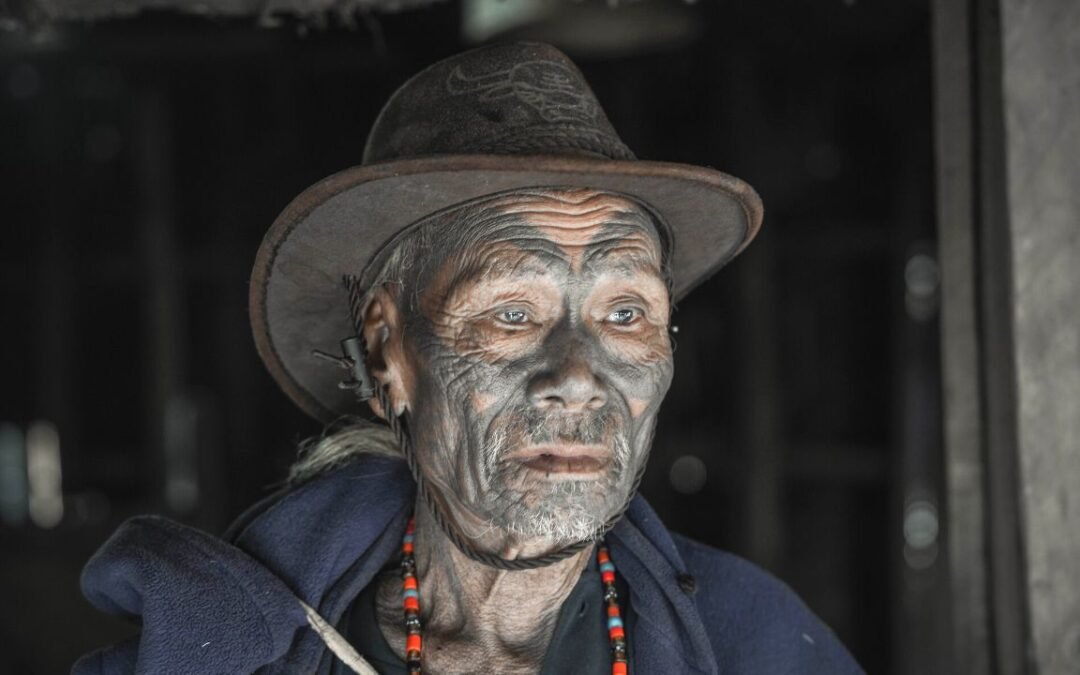
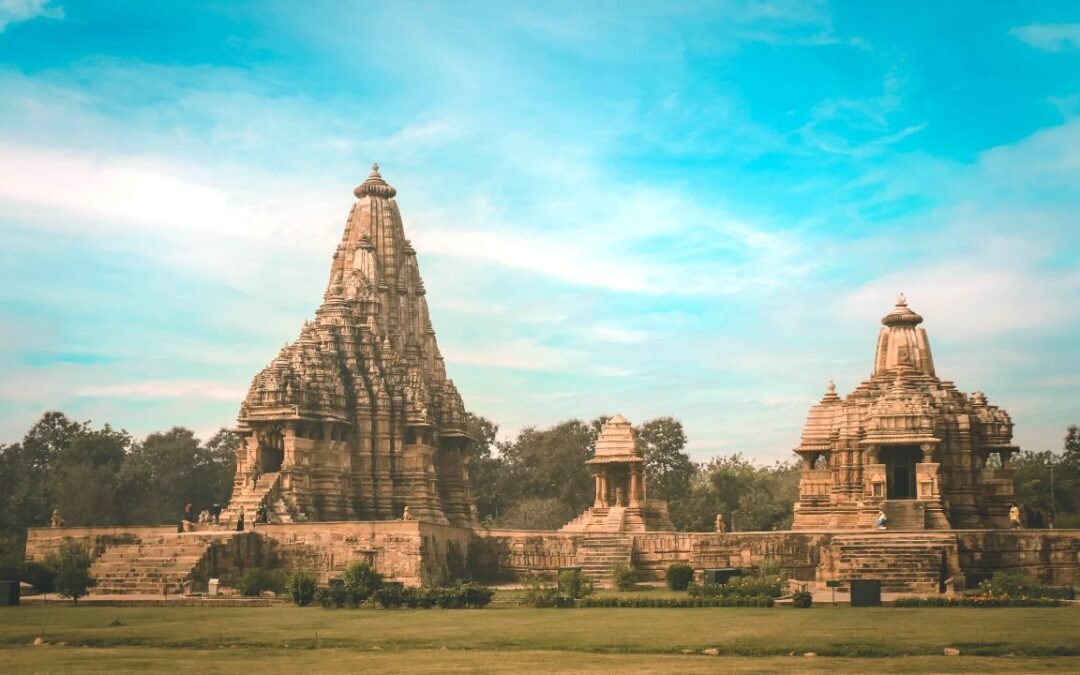

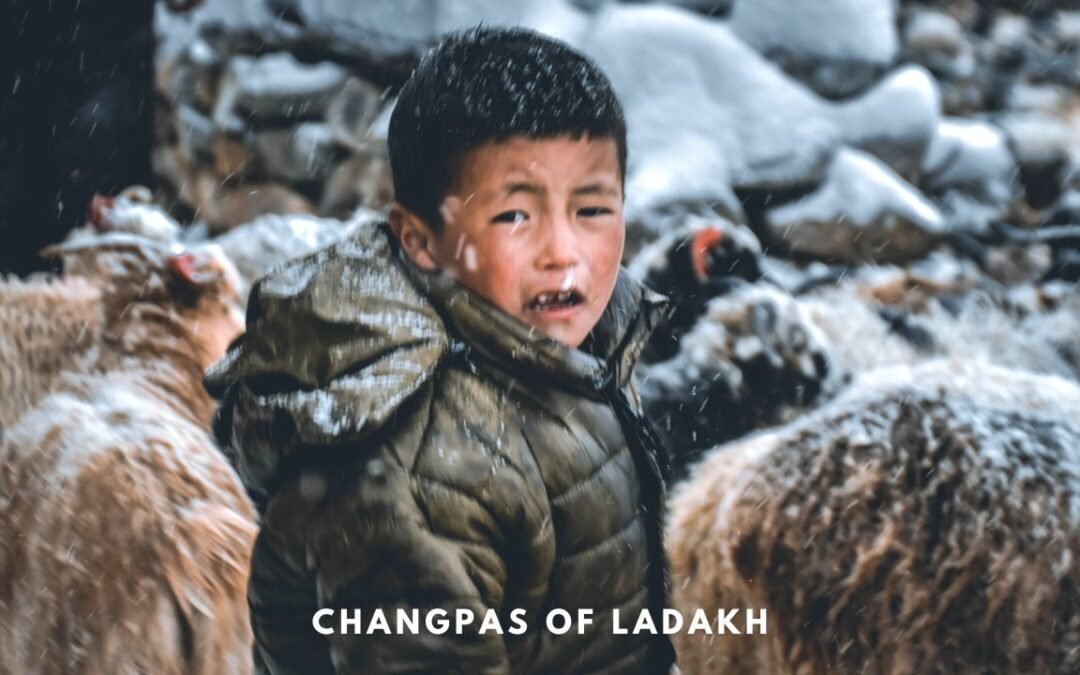

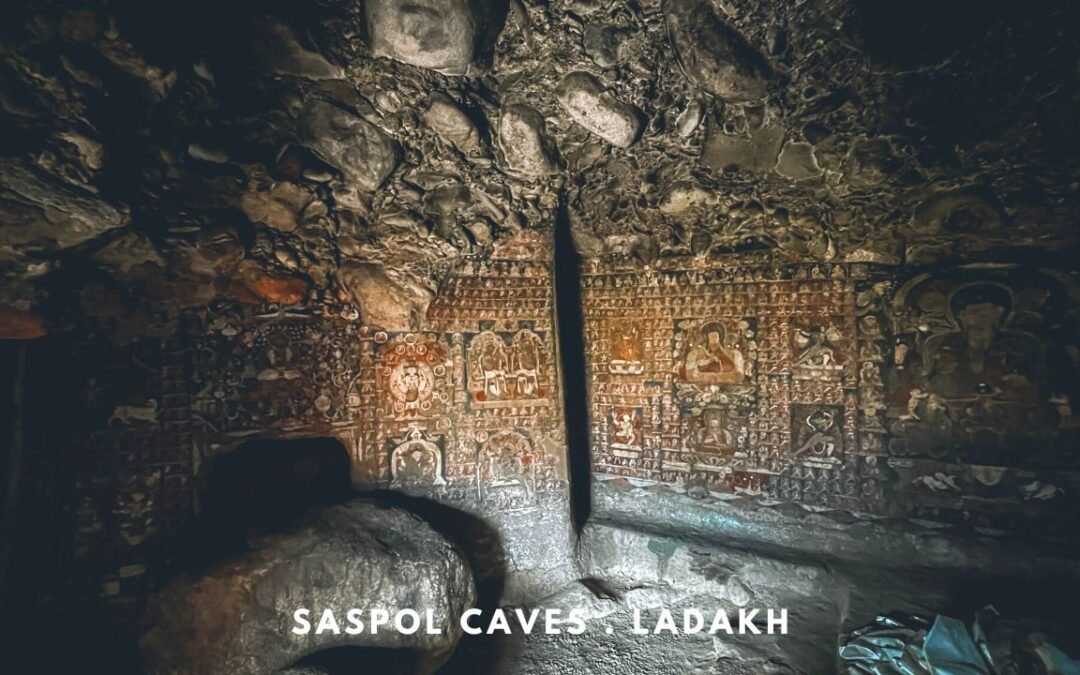


Wow! A fabric with intriguing history!!! I couldn’t understand my mom’s love for Chanderi saris. After reading your post I can 🙂
I have always loved the rich colors and beautiful materials used to make sarees, but I have never given much thought to the making of that material. This tradition is certainly impressive, and the sarees they make seem absolutely beautiful! What a fascinating place to visit.
Hi. I’m Sree. I bought a Chanderi saree for my sister from Artsy India. I applied Artsy India coupons provided by saveplus at the checkout. I got a 50% offer on the actual price. It was a great experience.
We saw saris being woven in Varanasi. it’s such a skilled process to do by hand. The designs are amazing. We saw mostly men weaving so it’s interesting what you say about women weaving in Chanderi.
Thanks Angela! These days, even men are weaving the sarees along with the women.
I love the passion that goes in to making a saree I can see why some of them can be so expensive if it takes 10 days to make some of the designs. They are just so beautiful. I love when I see them all accessorised with jewellery. Just beautiful.
Thank you Bianca. These sarees are indeed made with lot of love and precision.
I have heard a lot about Chanderi Sarees. It’s nice how you have brought up the whole manufacturing experience to this blog. Nice to know it’s manufacture is still protected by GI. It is unique, indeed.
Thank you Shreya! Chanderi sarees are quite beautiful!
Wow, these look absolutely amazing! It was interesting to learn that the history of the Chanderi Sarees is linked with the history of Chanderi itself. I never knew that the production of these sarees has been protected by India as a Geographic Indication. What an interesting tradition! I really enjoyed reading this post, keep up the great work
Thank you Daniel. These sarees are exquisite pieces of art. No wonder they are protected by GI.
So much history and culture in one place. I’ve never heard about Chanderi but was intrigued to read your story? Is it a place you’d go back to do you think?
Yes, I would love to go back to Chanderi. It is an interesting place!
Must say a very interesting post about something that is so common in India yet we dont know much about the history or details of the saree. I did not know about this place before reading your post and must say has enlightened me about Chanderi and its looms a less known place. The visuals compliment the post I must say with those colors. thanks for sharing
Thank you Amar. I am glad that you liked the post.
I’ve only been to Mumbai in India but I didn’t get a saree. It would be such a good gift though. Interesting to hear about the history. I’ll be sure to think about it if I’m ever in the area
I love collecting fabrics coz I do sew my own dresses, and saree fabrics are one of the best. Learning how they weave these makes the fabrics more interesting.
I would love to visit India and sourced some good fabrics.
Thank You so much for giving amazing knowledge for chanderi saree.
Hi, This is Annie I bought a Chanderi saree for my mother from Artsy India at the celebration of Diwali. I utilized Artsy India coupons provided by saveplus at the checkout and got a 50% offer on the actual price. Thank you…
Hi Annie! Thank you for stopping by our blog. Hope you liked the Chanderi sari.
Thanks a lot for helping to chanderi sarees weavers. After reading your , I am sure people will love to try chanderi saree once who did not try yet.
Thank you so much! I am absolutely in love with Chanderi sarees. They are one of the best!
Hey There, Lovely article! This gives so much of insights!
Thank you!
Known for its glossy transparency and sheer texture, Chanderi is a century old weaving technique that produces three kinds of fabric – Chanderi silk cotton, pure silk and Chanderi Cotton.Chanderi, is a lightweight fabric that makes it apt for summer. It is also available in bright colors and has a slight sheen to it which makes it wearable for parities as well. Chanderi is a blend of cotton with light silk and some zari.
Thanks for the information. Hope you liked our blog.
This is a very detailed article about the Chanderi town and sarees. Learned a lot. Chanderi sarees are truly amazing.
Thank you!
The way you narrated the whole visit is really inspiring. We work with these weavers to circulate their art all around the world.